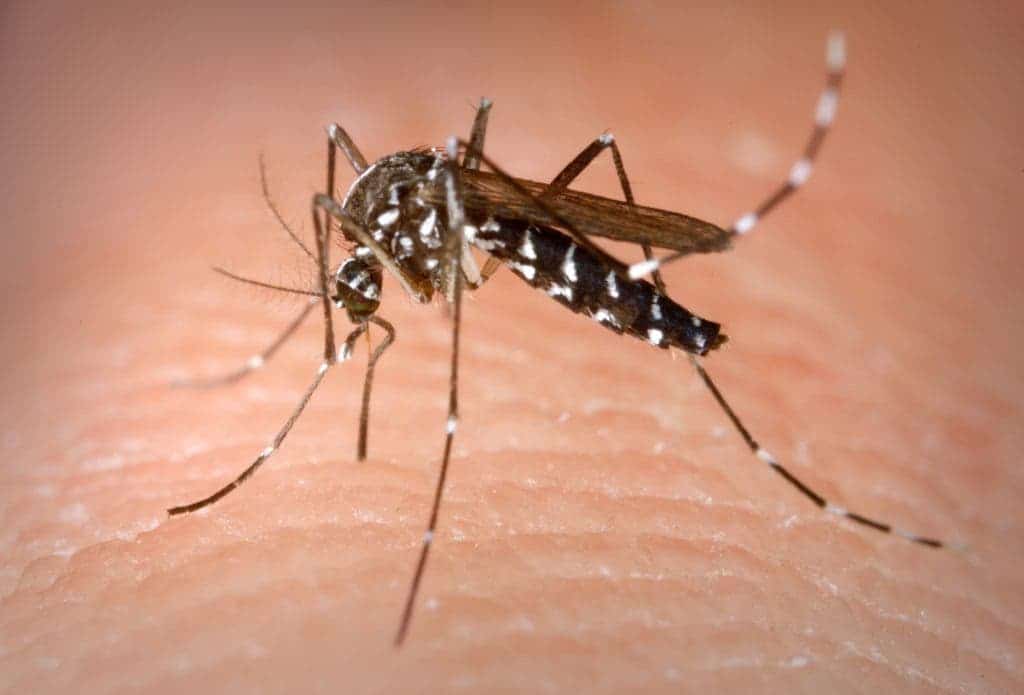
Credit: Aedes Albopictus.
Although progress in combating malaria has been phenomenal, the mosquito-borne infectious disease is now on the rise in the most affected countries in Africa. Worldwide, about 220 million people are infected each year by a dangerous parasite that is transmitted to humans through the bites of infected mosquitoes. Naturally, scientists looking to eradicate malaria are finding that stopping its vector — the mosquitoes — is the most effective course of action. In a new study, researchers genetically modified a fungus to produce a spider toxin. Within 45 days, the fungus had killed 99% of mosquitoes capable of carrying malaria without affecting other insects.
The study was conducted inside a “mosquitosphere” — a 6,500-sq-ft (600-square-meter) dummy village in Burkina Faso, complete with plants, water and food sources, homes. The entire fake village was encapsulated in a double layer of mosquito netting in order to prevent any creatures from escaping the habitat.
Researchers at the University of Maryland in the USA and the IRSS research institute in Burkina Faso released 1,500 mosquitoes inside the village, whose numbers quickly soared thanks to the perfect breeding conditions and lack of predators. But then the research team introduced the enhanced fungus, genetically engineered with instructions that produce a toxin found in the venom of a funnel-webs spider native to Australia.
The fungal spores were mixed with sesame oil and wiped on black cotton sheets. When the insects landed on the sheets, they immediately became exposed to the deadly fungus Within 45 days, there were only 13 mosquitoes left, the authors reported in the journal Science.
No other insects, such as bees, were infected by the fungus. Only certain species of mosquitoes of the Anopheles genus — and only females of those species — can transmit malaria. Malaria is caused by a unicellular parasite called a Plasmodium, which undergoes a series of infection steps before arriving at the mosquito’s salivary gland, from which it ultimately spreads to bitten humans.
“Deployment of transgenic Metarhiziumagainst mosquitoes could (subject to appropriate registration) be rapid, with products that could synergistically integrate with existing chemical control strategies to avert insecticide resistance,” the authors concluded.
These findings suggest that his approach may be effective in controlling the spread of malaria. However, releasing gene-edited creatures into the wild might have unintended consequences, which is why the method needs to be seriously vetted in order to ensure bio-safety. The authors also emphasize that this technology isn’t meant to wipe out mosquitoes but rather to control them and the spread of disease.
Previously, researchers have devised other tricks meant to curb the spread of malaria, including CRISPR gene edits that make mosquitoes less likely to get infected by parasites that cause malaria in humans and even drugs that could make human blood toxic to mosquitoes.









